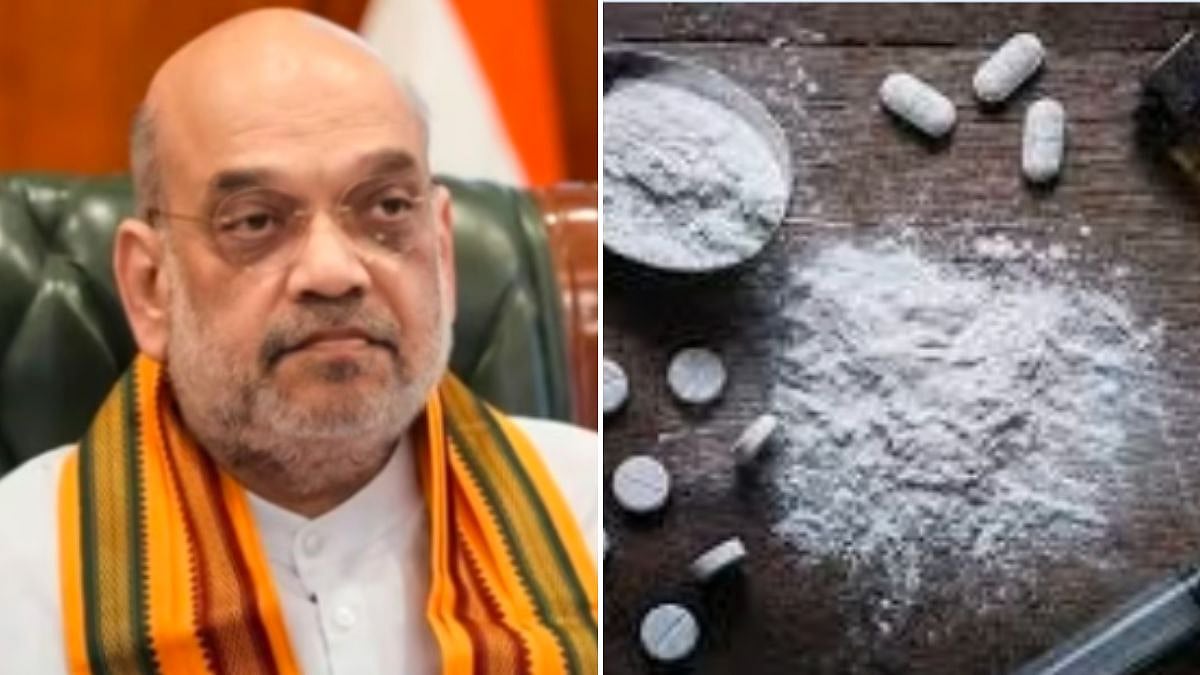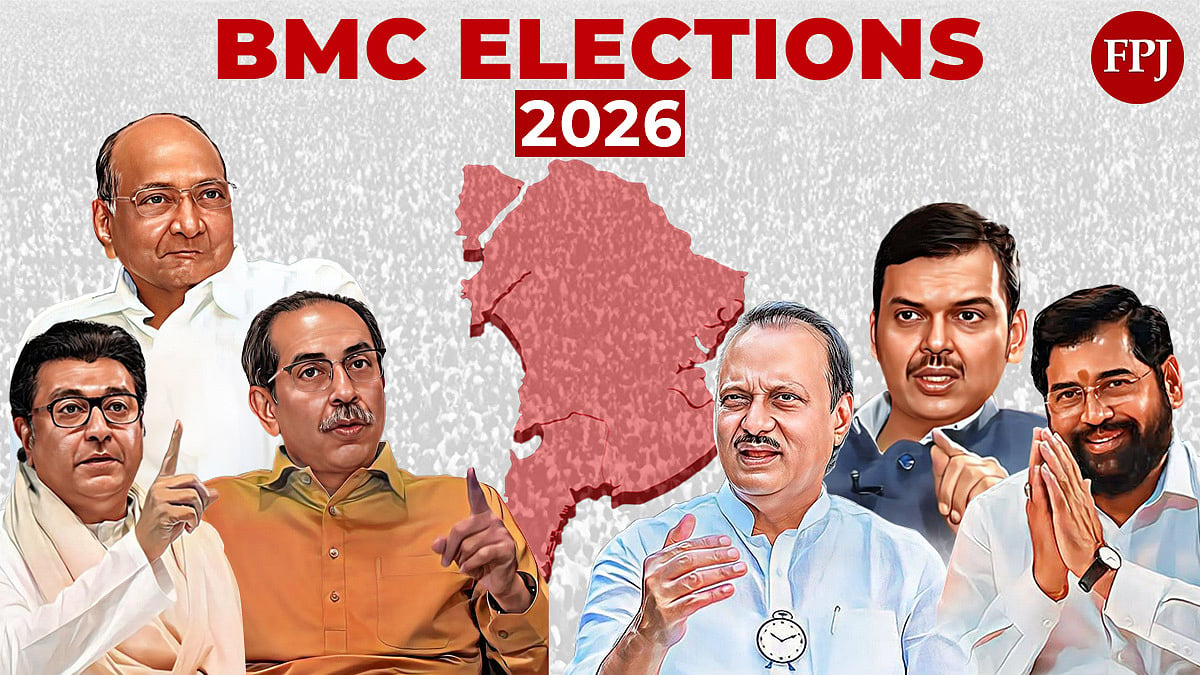Is India choking voices to prepare for a future with private companies controlling the country? Or is it just working under their command? The immediate provocation is the treatment meted out to Nodeep Kaur, a labour rights activist and her summary arrest.
The questions are nothing new. A Bengali film, ‘Sagina Mahato’(1970), or its Hindi version, ‘Sagina’, played by Dilip Kumar in 1974, portrayed how tea gardens repressed workers and a dissenting voice was lured, character-assassinated and then… Similar or worse was the portrayal, in 1978, of the labour situation and extortion of Dhanraj Tamang, a tea garden labourer and protester against oppression, played by Uttam Kumar being tortured by the police in connivance with the tea-estate owners and sent to lunatic asylum and killed.
Human-interest stories
The newspapers of those days often were full of atrocities by industrialists. Journalists devoted more time in covering trade union activities that dogged the workers across the country, leading to many checks and solutions but not the elimination of oppression. The solace was that a multi-tiered administration everywhere had many sympathisers for the right causes. The domain was assigned by seniors to cub reporters, as it was believed that they could realistically portray human-interest stories.
Hundreds of press releases with similar stories of deprivation, extortions or summary dismissals poured into newspaper offices every day. It’s a myth that only Left parties or trade unions aligned to them projected such atrocities. The unions of various socialist groups, or even the Indian National Trade Union Congress were raking up these issues with élan. Even then, farmers’ agitations – like those by sugarcane farmers or the Shetkari Sanghatana – were vibrant.
The state mechanism first became a partner in oppression. Protests were ruthlessly suppressed. Lip sympathy during elections was routine. But the government would act cautiously so that it was not branded anti-worker. On public platforms, despite its clandestine leagues with industrialists, no leader would extol the private, oppressive industrialist and always would say that the labour departments would protect the interests of the workers. It was a different matter that it would be decades before a case was resolved, mostly in favour of the workers, though implementation was difficult.
Capital shift
There was another plan. Whether it was Kolkata or Kanpur, politicians encouraged industrialists to shift their units elsewhere. The capital shift ruined both the major industry centres of eastern and northern India. Interestingly, the industrialists were never told to reform, as donations even then, were behind the curtain. The planned closures of units, causing capital flight, caused severe job losses and economic problems. Industry rarely implemented the labour laws in their spirit and wage recommendations were mostly diluted, if not consigned to dustbins.
And there began the game plan of maligning trade unions. Their leaders were maligned by their employers as being on their rolls, as it happened in the film Sagina, while those who did not kowtow met the fate of Dhanraj Tamang. Workers’ unrest was projected as ‘conspiracies’ by rivals or trade union forces. As the industrialists did not reform, the trade unions were blamed for all the ills, though still, until the 1990s, nobody batted for privatisation. The rapid liberalisation and privatisation through dilution of stakes in the public sector post-1990 has been causing havoc. The last few years have seen the loss of 17 lakh jobs in the PSUs alone.
Farmers' agitation
Demonetisation and the Covid-19 lockdown caused rapid unemployment and losses to medium and small entrepreneurs. The rapid decline in cash flow has heaped miseries everywhere. Small farmers are gasping. Medium farmers are struggling to stay afloat. The present farmers’ agitation or the sit-ins at the Delhi borders in Ghaziabad, Tikri or Singhu are symbolic of collapsing social situations woven around agriculture.
In such a situation, 24-year-old Nodeep Kaur, who is a member of the Majdoor Adhikar Sangathan, says they mobilised people for a protest at Kundli in Sonipat district (Haryana) against new farm laws. Her bail pleas alleged this support to farmers, as well as demand for payment of Rs 5 lakh (a small amount) pending wages to some workers ‘annoyed the administration’ and the police grabbed her by her hair and dragged her. This sparked protest and lathicharge by the police. Later she was beaten, she says, at the police station – almost a replica of the 1970s.
Is protest wrong in a democratic polity? It is not. But it hurts the new industrialists who are keen on capturing all. They are on a quick profit game even at the cost of the nation. With a feudal mindset, they abhor even a whiff of words that will stop their march to grab roads and expressways, farms, their produce and the rightful price to them.
Cause for worry
The farmers have more to fear. The entire rich agricultural span from Delhi to Meerut and Haridwar, Delhi to Agra, Delhi to Ambala, or Delhi to Rewari, will not remain an agricultural area for long. It is becoming a ‘rich’ industrialist or real-estate desert, as fertile farmlands are being rapidly acquired for the Jewar airport, thousands of kilometres of roads and over a dozen continuous ‘smart’ cities. Farmers need to be wary of their possessions, which they are giving up wilfully, for a few glittering coins.
Even if the farm laws are withdrawn, the loss to farmers and agriculture would be severe. The industry has planned to clear lakhs of farms from large tracts of western UP, Haryana and Rajasthan and along the dedicated freight corridors.
After another five years, and there will not be many farmers left in the region. Their loss would be a loss to the people but a victory of the mighty. There could be more Nodeep Kaurs but the solution for a better life may elude the country, as voices are being choked by what Prime Minister Narendra Modi says, ‘the babus’ in police or the administration. There is also the peculiar silence of the elected representatives – MPs and MLAs.
India remains a farm-based economy and if it is destroyed, it needs to be imagined how the country would thrive.
The writer is a veteran journalist, an observer of socio-politico-economy and a media academician.









